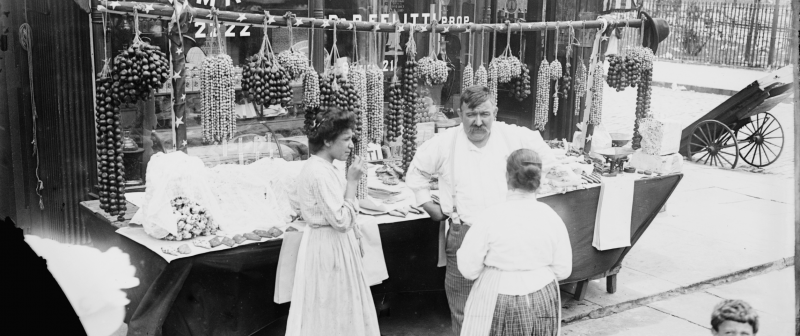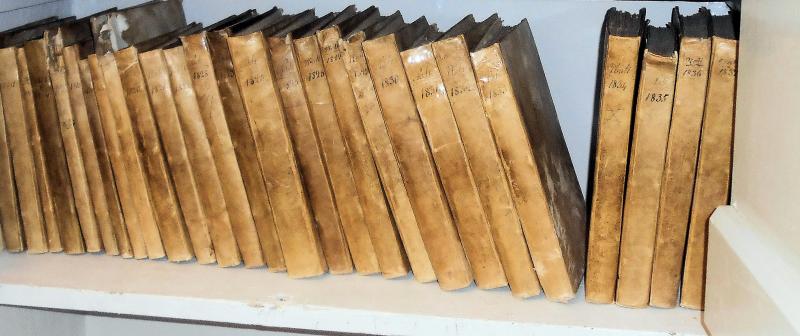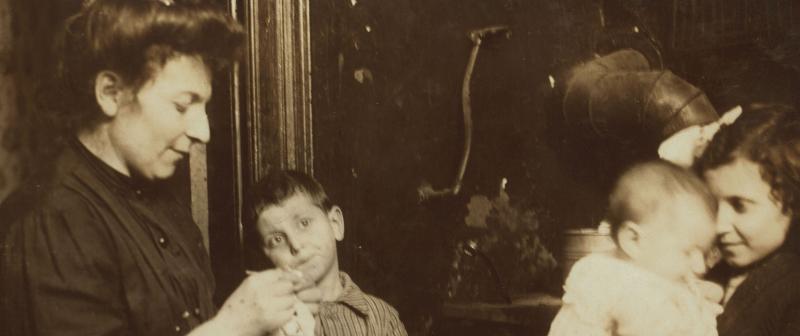Before Ellis Island went into service, people coming to the U.S. would be processed through Castle Garden.
For 34 years, from August 1, 1855, when it opened, to April 18, 1890, over 8 million people entered the U.S. through Castle Garden. Among them, was Mother Cabrini, later canonized as Saint Frances Xavier Cabrini, from the village of Sant'Angelo Lodigiano in Italy, who worked tirelessly to help Italian immigrants.



